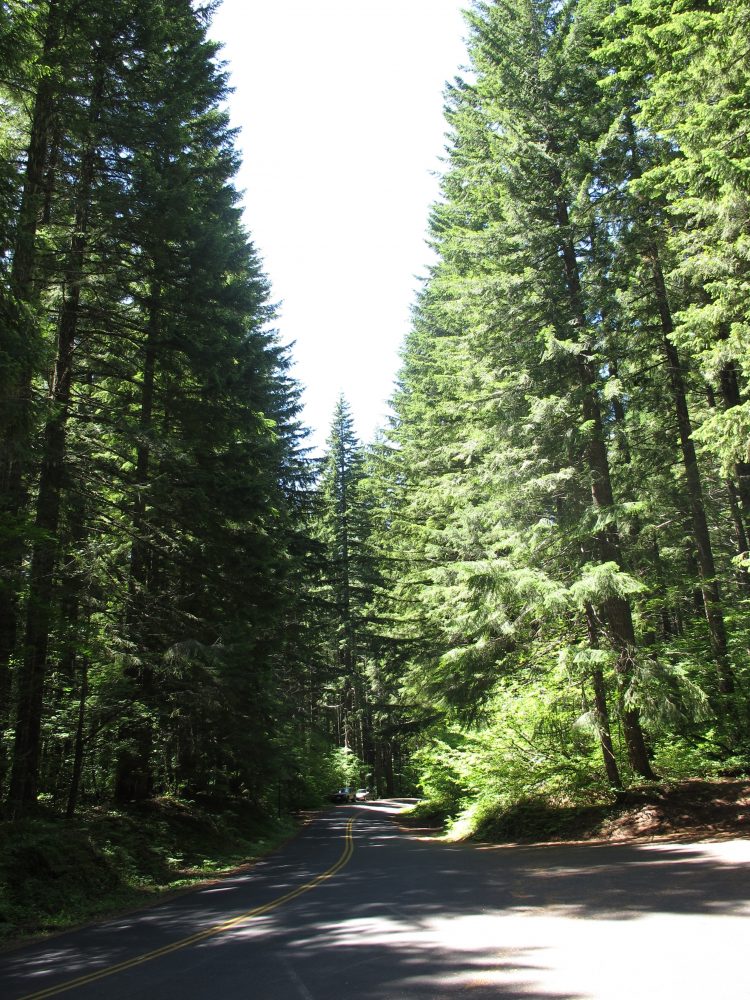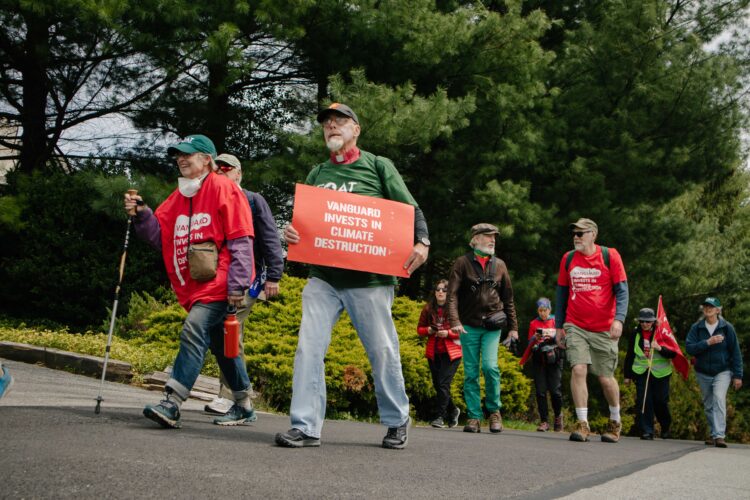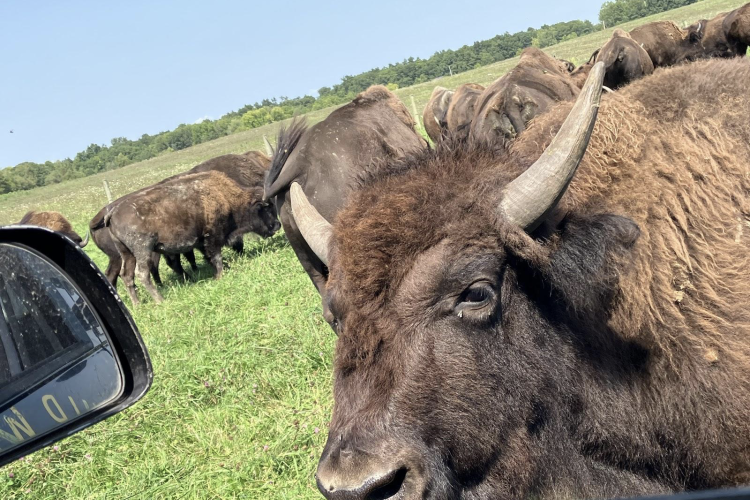Comment Suggestions on Supplemental Environmental Impact Statement (SEIS) for Keystone XL Pipeline

On March 1 of this year, the U.S. State Department released its draft Supplemental Environmental Impact Statement (SEIS) on the Keystone XL Pipeline, which is part of TransCanada’s application for a Presidential permit to build and operate the pipeline across the Canadian border into the U.S. A week later on March 8, the EPA posted the SEIS on its website, initiating a 45-day public comment period, which ended on April 22.
Even though the comment period on the SEIS has passed, FCNL reminds Friends that there will be an additional opportunity for the public to comment on this project coming up soon. Release of the final Environmental Impact Statement (EIS), which is supposed to incorporate comments made during public comment on the SEIS, will initiate another 30-day comment period and then one more 45-day period for public comment on what is called a National Interest Determination (NID). It is because of these additional opportunities for comment that I am urging QEW Friends to watch for the public comment periods that will be coming up in the next few weeks and send their written comments to the State Department’s Keystone XL comment page (keystonecomments@state.gov).
The inclusive dates for submitting your comments will be announced on the State Department’s Keystone website at http://www.keystonepipeline-xl.state.gov/). To help you in writing your comments, see the policy briefing on FCNL’s web page or use some of the points made below which were not addressed in the SEIS:
- At a time when we should be weaning ourselves away from fossil fuels and focusing on renewables, building the pipeline will commit us to further development of infrastructure to transport and refine extra-dirty tarsands oil. An estimated 240 gigatons of carbon are stored in the tar sands. This is about half of the 500G reserve that scientists estimate we need to retain in order to stay within the 2 degrees C average increase in atmospheric warming to avoid the worst climate disruption disasters. Building Keystone XL will enable a 36% increase in oilsands production, which is equivalent to over 4.6m passenger cars on the road.
- The risk of oil spills from the proposed pipeline is much greater than that from conventional pipelines because of the high pipeline temperatures needed to transport tarsands. These temperatures cause greater external corrosion of the materials used in its pipeline construction, thus increasing the risk of spills. As the recent spill in the Kalamazoo River demonstrated, the expense and difficulty of cleaning up such spills is greater than with conventional pipelines, and the cost of such clean-ups will be borne entirely by U.S. taxpayers, not oilsands refiners.
- Publicity about the pipeline creating jobs and helping the U.S. achieve energy independence has been grossly exaggerated. Based on TransCanada’s own numbers, it is estimated that only 3,900 temporary and 35 permanent jobs will be created by the pipeline, and only10% of these will be local hires. Most of the oil produced will be for export. The pipeline will hurt, not help, U.S. energy security.
- TransCanada, the company that has applied for the Presidential permit to build Keystone XL has a bad safety record with numerous accidents, shutdowns, and safety incidents. The company is currently under investigation by Canadian regulators for repeated safety violations.
- The public should be given a full 120 days to comments on the final Environmental Impact Statement, which is due to be released soon.
John Payton
QEW Steering Committee


